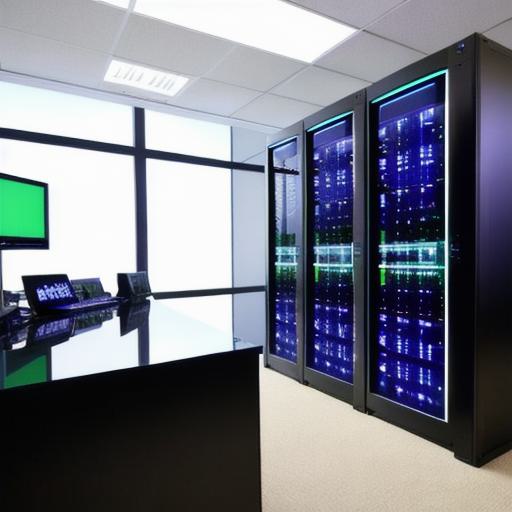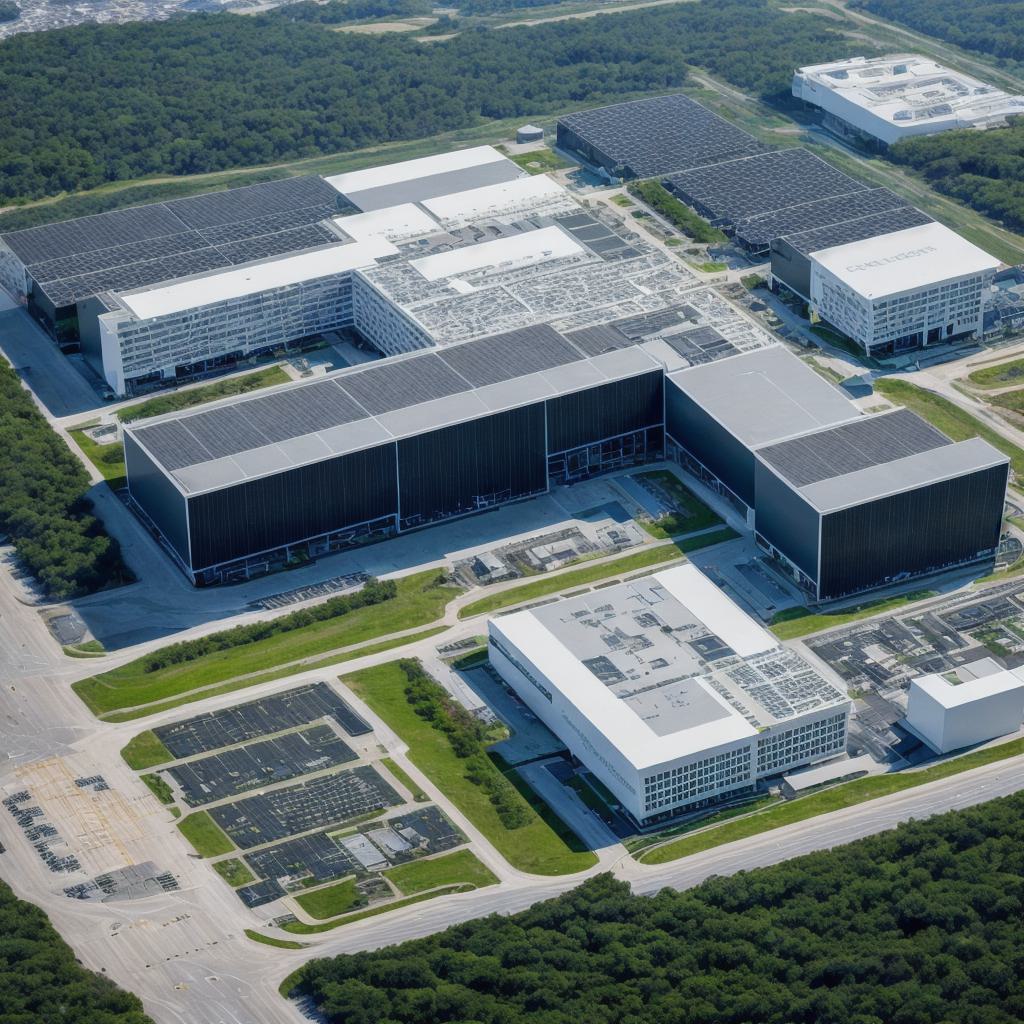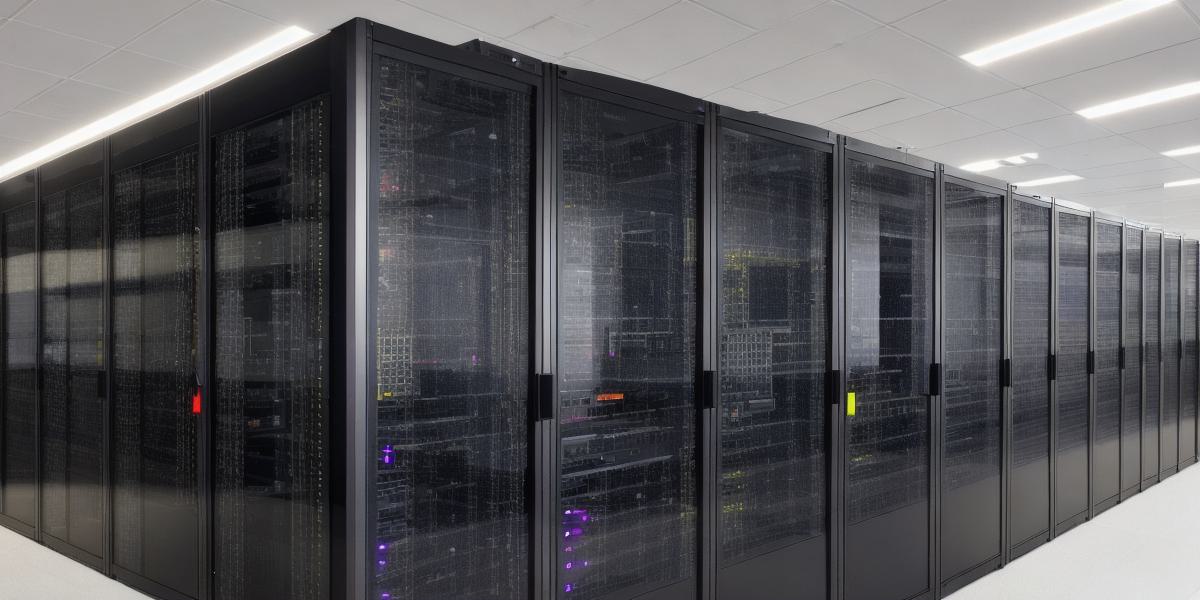In today’s digital world, data centers play a crucial role in storing, processing, and managing vast amounts of information. One effective design approach for building efficient, scalable, and fault-tolerant data centers is the 3-tier architecture. In this response, we will explore the key benefits that come with implementing a 3-tier architecture in your data center environment.
1. Scalability and Flexibility:
A 3-tier architecture enables better scalability as each tier can grow independently based on specific requirements. For example, you might add more application servers to the middle tier or expand storage capacity in the back end without affecting other components. This flexibility allows businesses to adapt quickly to changing demands and accommodate growing data volumes with ease.
2. Improved Performance:

By separating presentation, application logic, and data storage functions into distinct tiers, 3-tier architectures can achieve improved performance. For instance, the presentation tier is responsible for handling user requests, while the application tier processes those requests and returns results to the presentation tier. This separation of concerns ensures that resources are dedicated to their respective tasks, ultimately resulting in faster response times and enhanced user experience.
3. Enhanced Security:
Security is a significant concern for any data center. A 3-tier architecture can help strengthen security measures by keeping different components physically and logically separated. For example, the application tier sits between the presentation tier and the database, ensuring that direct access to sensitive data is restricted. Moreover, implementing firewalls and access control policies at each tier further bolsters overall security.

4. Better Fault Tolerance:
A 3-tier architecture also contributes to better fault tolerance by minimizing the impact of failures. For instance, if one application server in the middle tier fails, it won’t affect other components within that tier or in other tiers. Instead, traffic can be automatically redirected to healthy servers, ensuring business continuity and reducing downtime.
5. Easier Maintenance:
Maintenance becomes more manageable with a 3-tier architecture since each tier serves a distinct function. This separation makes it easier to isolate issues and perform upgrades or patches without affecting other components. For example, you can apply updates to an application server in the middle tier without disrupting the presentation tier or database in the back end.
In conclusion, implementing a 3-tier architecture in your data center design offers numerous benefits, including improved scalability, flexibility, performance, security, fault tolerance, and easier maintenance. These advantages ultimately result in a more robust and agile IT infrastructure that can support growing business needs while ensuring optimal user experience and minimal downtime.
